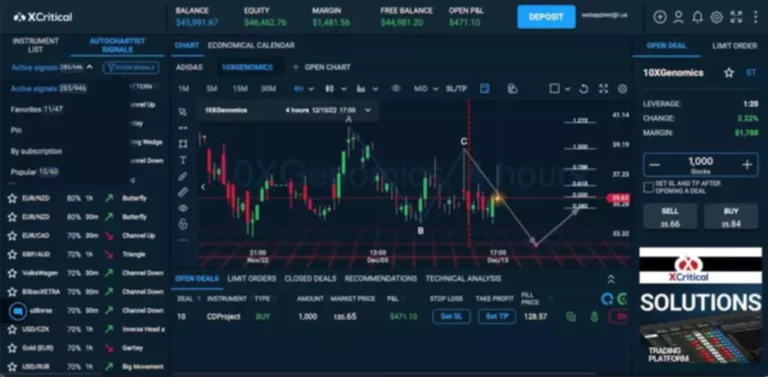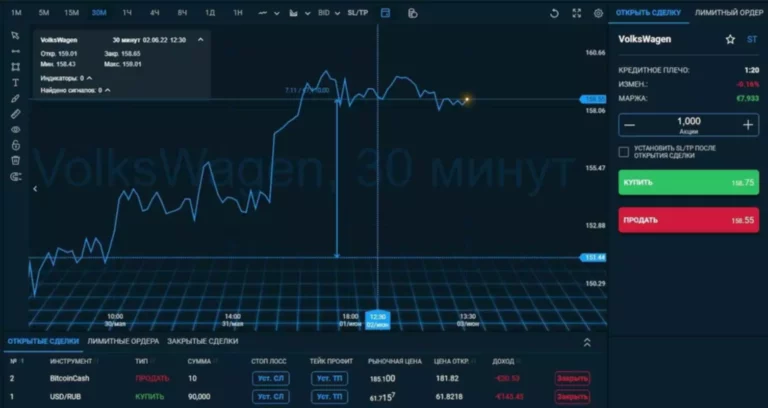The SEC proposed Rule 615, the “Order Competition Rule,” which might require broker-dealers to auction buyer orders briefly within the open market before pfof executing them internally or sending them to a different buying and selling middle. This is intended to permit others to behave on these orders, offering higher competitors and doubtlessly better results for traders. Brokerage customers can ask for cost information for specific transactions from their brokers, although it could take weeks to get a response.
- They illustrate how traders need to have the tools to capitalize on market inefficiencies, rather than fall sufferer to them.
- Many accused the company of prioritizing its relationship with market makers over the pursuits of its users.
- It discovered that the proliferation of choices exchanges and the additional competitors for order execution narrowed the spreads.
- Regardless of the talk, PFOF has undoubtedly turn into a major income for lots of brokers, and its impact on liquidity must be carefully thought of.
Payment For Order Move: A Profit To Retail Traders?
Understanding the professionals and cons of fee for order move is a vital step in making knowledgeable choices about buying and selling and choosing the right dealer on your wants. Payment for order move is a controversial subject on the earth Decentralized application of algorithmic buying and selling. While there are benefits to the practice, there are additionally risks that need to be addressed.
Sec Requirements And Pfof Laws
Monthly recurring orders follow a simple pattern, but longer-term contracts introduce further complexity. Whether dealing with annual contracts paid upfront or these billed monthly, businesses should carefully handle income recognition. This typically requires deferred income reporting to make sure compliance with accounting standards and preserve correct monetary statements.

Key Advantages Of A Smooth Order-to-cash Course Of
There are some protections, discussed beneath, however the short reply is that this practice can create a battle between the investor’s greatest pursuits and the broker’s. The SEC has implemented laws to handle these conflicts of curiosity. For instance, brokers are required to reveal their fee for order flow practices to their clients and to provide info on the execution high quality of the market makers to whom they direct orders. These laws are designed to ensure that buyers have access to the knowledge they need to make informed selections about their trades.
Greatest Practices For Algorithmic Buying And Selling With Payment Of Order Circulate
It’s been more than a year since main brokers in the U.S. went to zero fee, following the mannequin Robinhood pioneered. Now, with retail investing surging, more people have been asking questions about how brokerages earn cash. Like different brokers, one of the ways in which Robinhood makes cash is thru what is recognized as “payment for order circulate,” or rebates from market makers. Unfortunately, there’s plenty of misinformation out there, so I wished to shed some gentle on the information, and how this apply advantages prospects. Larger corporations sometimes get a decrease percentage, but the quantity of revenue generated by these funds is substantial. According to Richard Repetto of Piper Sandler, TD Ameritrade acquired $324 million in payment for order flow within the second quarter of 2020 alone.
The SEC stepped in and studied the difficulty in-depth, focusing on options trades. It found that the proliferation of choices exchanges and the extra competition for order execution narrowed the spreads. Allowing PFOF to proceed, the SEC argued on the time, fosters competitors and limits the market energy of exchanges. An important a half of the NMS was creating the NBBO, which requires all buying and selling venues to show their finest obtainable bid and supply costs, and for trades to be executed at these prices or higher. This was meant to promote competitors amongst buying and selling venues, which ought to lead to higher costs for investors. For instance, investing $1,000 in a inventory with a $100 share price would web 20 cents in PFOF.

First, they compete using the value they can purchase or sell for; and, second, they consider how much they are prepared to pay to get the order. If you sell the directly to a customer, you will get the total worth that the customer is prepared to pay. Instead of sneakers, you will use the funds to invest in know-how and pay for the cost of your operations. After all, should you run an apple to the market for somebody, shouldn’t you get paid? One vendor (market maker) says they’ll personally pay you a penny should you ship him the order.

Payment for order circulate can be a important revenue supply for brokerage firms. Some companies can earn hundreds of thousands of dollars per quarter from cost for order flow arrangements. Robinhood acted for purchasers once we modified commissions forever and we’ll proceed to push the trade on behalf of everyday folks transferring ahead.
However, these advantages would disappear any time the PFOF prices prospects extra via inferior execution than they saved in commissions. The SEC permitted PFOF as a outcome of it thought the advantages outweighed the pitfalls. Smaller brokerage companies that may have bother handling massive numbers of orders can benefit from routing a few of those to market makers. Brokers receiving PFOF compensation could additionally be forced by competitors to cross on some of the proceeds to customers through decrease costs, like low- or no-commission buying and selling. The implications of Payment for Order Flow for retail investors are advanced.
It can even help be sure that traders receive quick and reliable execution of their orders. Payment for order move can create a conflict between the interests of the investor, who desires one of the best out there worth, and the dealer who desires to maximise income on this surroundings of no-fee trades. Brokers are required to reveal what they are paid, but the info offered is most likely not enough for traders to fully perceive whether or not they have acquired the most effective available price. In this period of no-fee trades with brokers receiving tons of of millions of dollars every quarter in funds for steering their clients’ orders, we believe this practice deserves extra scrutiny. The practice of PFOF has all the time been controversial for reasons touched upon above.
For example, high-frequency traders could benefit from POF by having entry to sooner execution speeds and extra liquidity, whereas longer-term traders could also be much less affected by POF. However, it’s important for all merchants to be aware of the potential conflicts of curiosity and to carefully monitor their execution costs and high quality to make sure they’re getting one of the best deal possible. For shares, our clearing broker Robinhood Securities earns a exhausting and fast share of the bid-ask spread at the time your trade is executed. All market makers we path to pay us at the identical rate for equities, ETFs and options. That means there’s no incentive for us to route your order to any specific market maker primarily based on fee we obtain. When you purchase or promote stocks, ETFs, and options through your brokerage account, we ship your orders to market makers who execute them.
When brokers obtain payment for directing their clients’ orders to market makers, they’re incentivized to search out the absolute best execution prices for those orders. This can outcome in price enchancment for investors, as market makers compete to supply the very best prices in order to obtain a higher share of the order move. The topic of Payment for Order Flow has been a controversial subject in the financial industry for many years. While some argue that it’s a necessary follow that enables for value improvement and higher execution quality, others argue that it creates conflicts of curiosity between brokers and their shoppers. Payment for Order Flow is when a broker receives compensation for steering their clients’ orders to a selected market maker or liquidity supplier.
Start your own high-profit forex brokerage in just a few days or scale your existing business with the best-in-class forex software XCritical https://www.xcritical.in/. Get the perfect Turnkey Forex Solutions that will provide your business with efficiency, stability, and maximum profit.





